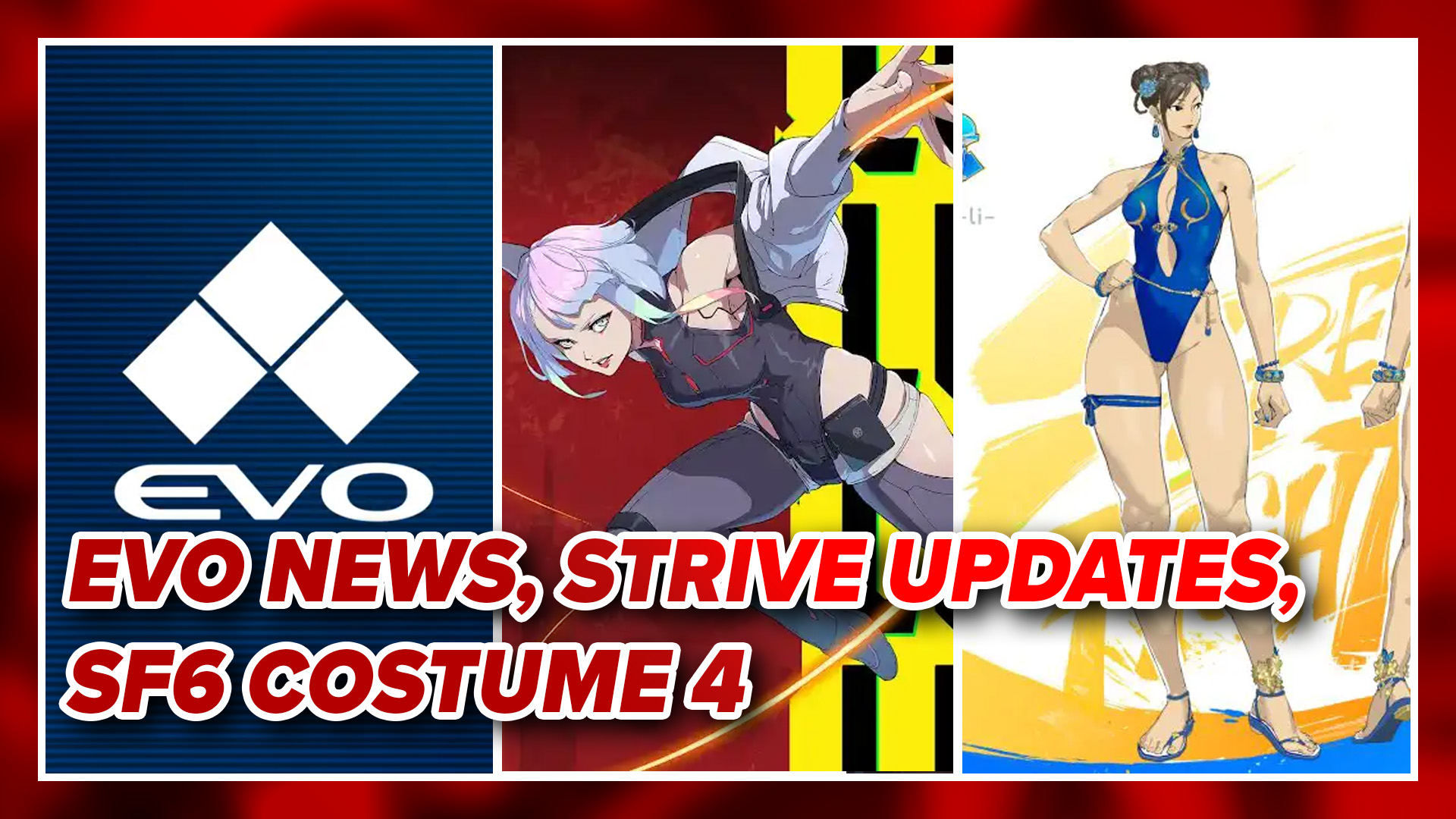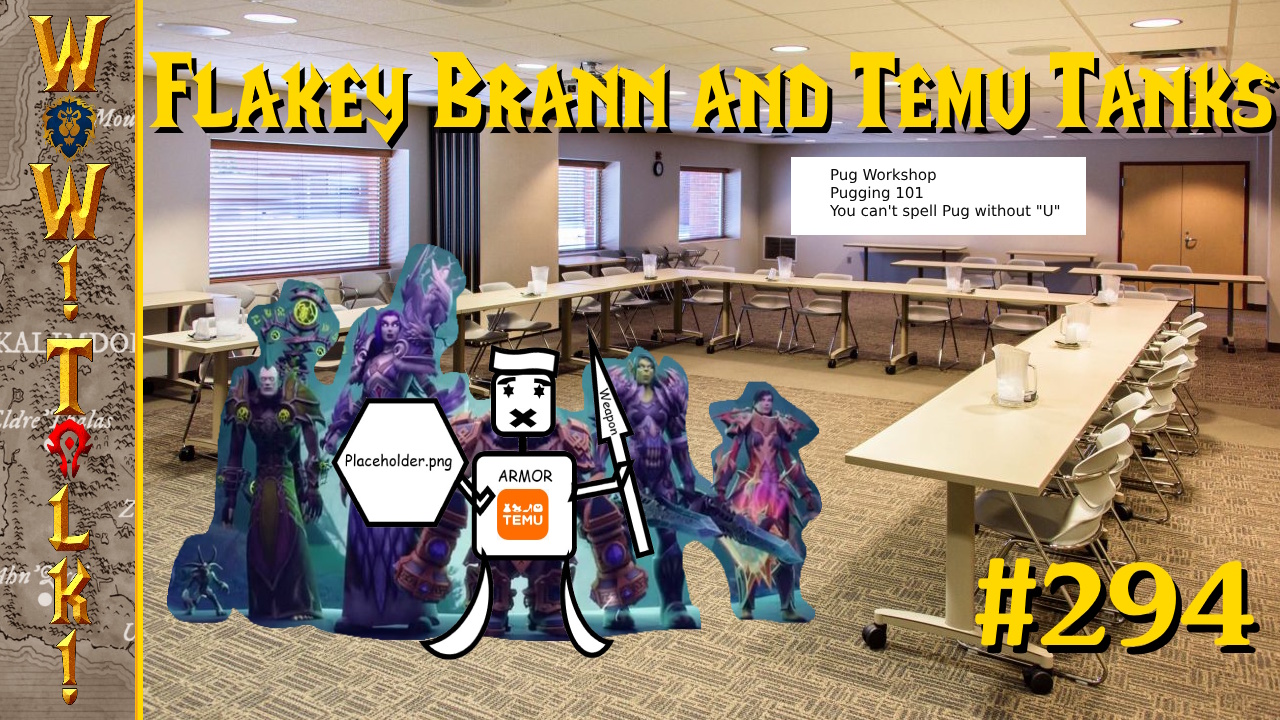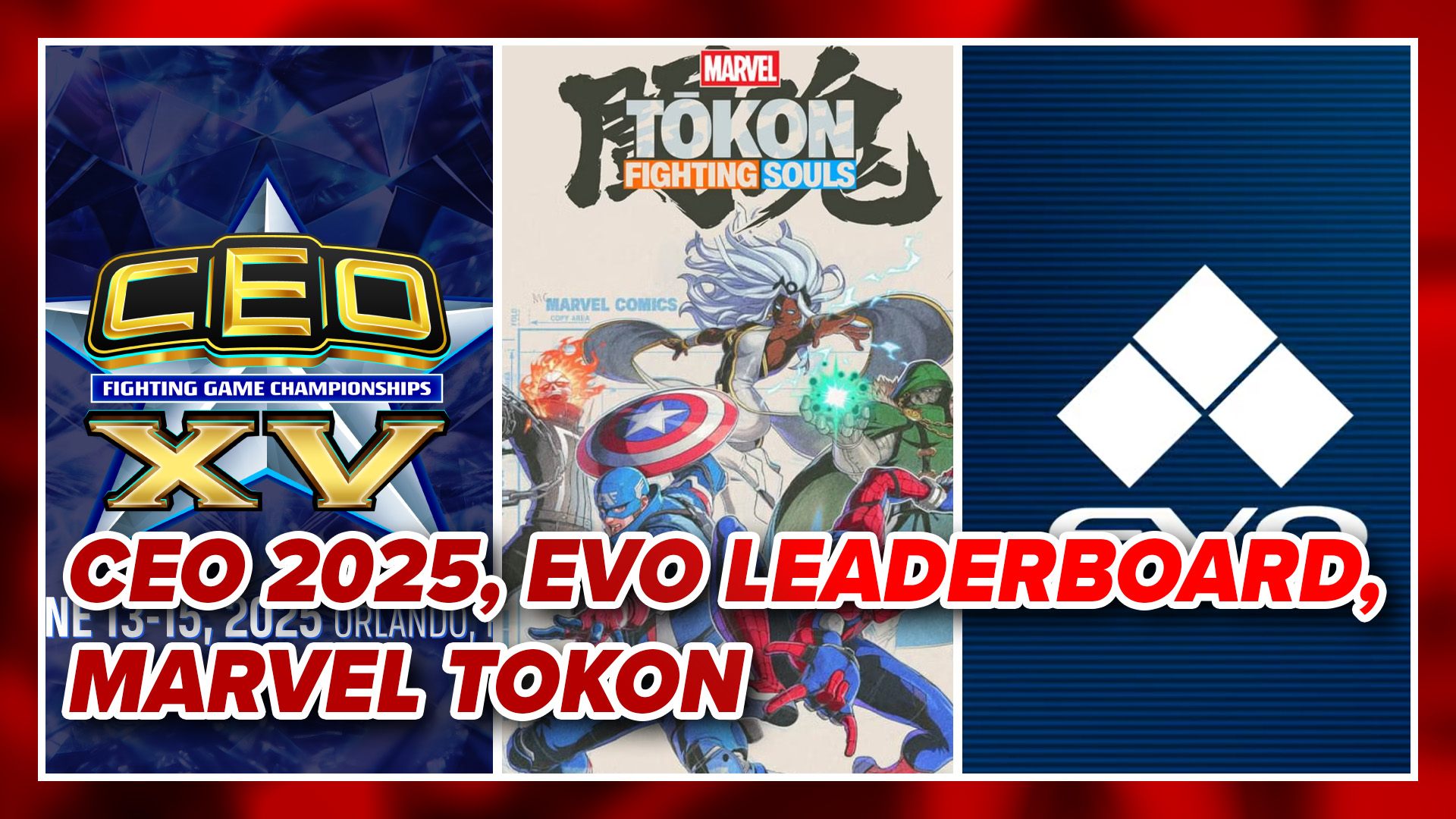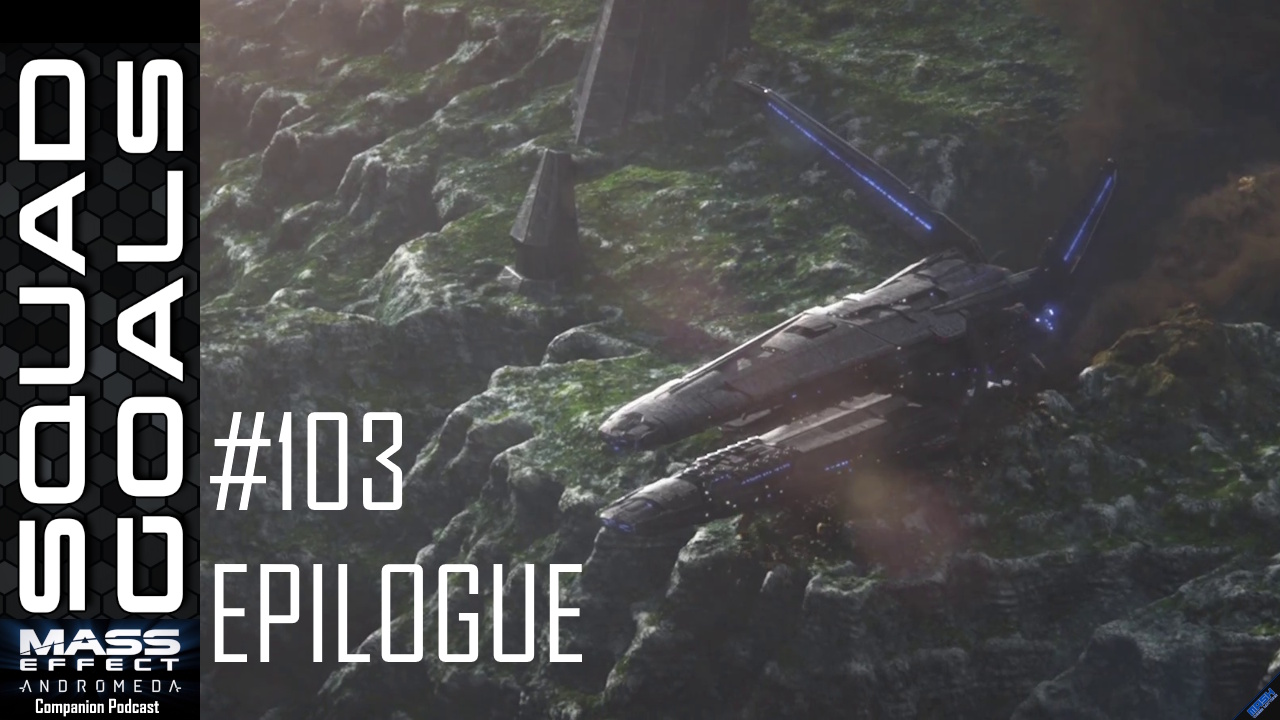
I cannot talk about The Legend of Zelda: A Link to the Past without gushing about it. It’s not something I’m capable of doing. It set a bar so high that I was actually nervous when a sequel, The Legend of Zelda: A Link Between Worlds, was announced. I had good reason, too, as the last two handheld, top-down Zelda games, Phantom Hourglass and Spirit Tracks were so…bleh. There was nothing wrong with them, but clunky controls and lame concepts made them very easy to put down. From those games, I expected A Link Between Worlds to be decent at best. I was not prepared to find myself in awe of the game.
It hit the old nostalgia pretty hard once I started it up. For someone who’d played A Link to the Past to death, this game feels like coming home. Almost every location is right as I left it back on the SNES, but given a new coat of 3D paint. The map is laid out exactly the same as it was, making me feel instantly familiar and comfortable, and I just spent most of my first few hours rediscovering my old stomping grounds. Waking up in Link’s house, wandering past the old neighborhoods of Kakariko village, and then making the journey to the Eastern Temple had me feeling like it was 1994 all over again. The moments when I would walk through an area and suddenly remember a secret in the wall or grass and find it again in this game, though? Pure nostalgia magic.
That being said, after a while a part of me felt a little cheated by this stuff. It was cool to know of all these secret locations, but I kind of felt like I was missing out on the elements of exploration. Part of the Zelda series has always been locating secrets, and knowing where they all were took some of the joy out of finding them again. That feeling goes away when you hit the Dark World, Lorule, though, as a new gameplay mechanic adds tons of new secrets to the game. Also, the items within the secret locations are mostly different from what they used to be, so knowing the locations of secrets doesn’t spoil all of the exploration. I was often surprised by what was inside a hidden cave even if I wasn’t surprised by its location.

The contents of the secret areas didn’t always impress me much, though, as the game has a strange mechanic in it for a Zelda game. Instead of finding many of your weapons and items in dungeons, most of them are rented from a shop. You can rent them for 30 rupees, and they return to the shop if you die (which I never did), or you can buy them permanently for 800-1200 rupees. This means that instead of an emphasis on finding items, there is an emphasis on finding rupees, which is something I find boring. I’m sure there is some appeal in finding a buried treasure of loot, but to me, finding the means to purchase a magical artifact is far less impressive than finding one in a dungeon filled with monsters. Finding a new item has always made dungeons very appealing in this series, making fighting through them feel worthwhile and fun. Now, you just buy the items and go through the dungeons because you need to go through them. It sucked a lot of the joy out of dungeon crawling, and it’s not a system I liked all that much.
As I said, this means there is more emphasis on finding rupees. So, instead of blowing open a hole and finding some crazy artifact out in the field, you’ll often be working for a few hundred rupees. You have to work pretty hard for that money in some of these secret areas, as the developers have added challenge rooms of sorts between you and your money, and some of them are hard to figure out or complete. I’d definitely subject myself to these challenges for an item or piece of heart, but for some rupees? Not a chance. They do add some fun new secrets for people who like exploring, but I’m just not going to work that hard for anything other than an item. Money just isn’t that exciting to me, so having many of the secret areas in A Link Between Worlds contain money as a prize just means I won’t bother exploring as much. I’m disappointed far too often by finding a couple of bucks when my soul craves a new item or heart piece.
There are some interesting collectibles that let you do more exciting things with your weapons, though. There are creatures called Maimai that are scattered all over the world, giving players something new to look for in the game if they’ve already played A Link to the Past to death. Every time you find ten of them you can upgrade an item, so they’re worth seeking out; although you need to own the item to be able to get an upgrade. That’s actually the only reason I even bothered buying the items at all, as I never died throughout the game and never saw any need to pay more to own the weapons. It was an interesting way to force me to use the system they’d put in, although it still feels a little dumb.

I still enjoyed the dungeons in the game, even if that enjoyment was lessened from the lack of hidden items. The puzzles are pretty good, and all of the dungeon layouts have undergone complete overhauls. You might see traps and enemies that are familiar, but it’s in these places that A Link Between Worlds shows it’s a new game all of its own. I was pretty surprised when I entered my first dungeon and barely recognized anything, since I’d just come from a field where I knew where everything was. It caught me off-guard and really impressed me, as a lot of thought went into the new dungeon layouts. The series has always had pretty solid dungeon design, but this was the first time in years where I was enjoying good old top-down Zelda dungeon design.
Being in 3D, many of the puzzles allow for more complexity than most of the top-down entries in the series, allowing players to reach new levels without having to go up whole floors. As a simple example, I could hop down off a moving platform and land on another one that was moving far below, forcing me to do some surprisingly challenging platforming in a Zelda game. It was a neat addition, and made some sections much more satisfyingly harder than I expected the game would be. Being able to change levels allowed for a lot more than just jumping, creating new item interactions and level transitions that let you work on puzzles on multiple floors all at once; giving the devs some more room to create some intricate traps.
Being able to merge with the walls made the game even more complex, too. You can go up to any bare wall and sink into it, turning into a 2D version of yourself and walk along the wall in a straight line. I had a nasty habit of forgetting I could do this and making many puzzles harder on myself than they had to be, but the mechanic does teach you to think about the environment in different ways. There were walls that would slide in, and in a panic I’d run to the other side, falling before I remembered I could sink into the wall and be safe. You could also sneak through thin bars on windows that I’d thought were part of the environment or other tiny areas, creating some fun, new secrets for people used to bombing or dashing their way to hidden treasures.

This mechanic also created new hiding spots in the overworld once you made it to Lorule. You can move through thin slits in the world to switch between Hyrule and Lorule instead of using the mirror like in A Link to the Past. This means there were a lot more new hidden items and treasures than I’d originally thought, and many instances where you could try merging with a random section of wall to see where it would go. It took a game whose exploration was getting a little stale and opened it right back up, making boring old walls somehow seem exciting. The rupee treasures still weren’t amazing, but at least finding them got more interesting.
The game’s appearance is quite nice, too, looking like a 3D update of the SNES game. Looking around is a treat for players of the original game, but those new to it will probably appreciate all of the colorful, varied locations. The map is easy to navigate based on the many unique locations in it, and each dungeon also has its own mechanisms and feel that makes them memorable and visually appealing.
The characters look pretty good, although I don’t care for them as much as the game’s locations and dungeons. The enemies are nice, especially for someone who played the old game, and there is some decent variety to them. Still, everyone in this game has a bit of a doughy look to them, as if their limbs and faces are just a bit fat for some reason. It lends the game a cartoon-like look, making the characters rounded and childish, something you might recognize more if you’ve ever seen the pictures from the original Legend of Zelda manual. It’s a nice touch and a nod to the game’s history, but it’s got nothing on the gorgeous characters of The Wind Waker. It may not seem fair to compare a console release to a handheld one, but I think Wind Waker‘s art style could have worked on the handheld and been more appealing than the almost-standard look of this version.

The voice of Link bugged me a bit as well. It’s something small, but he sounds a little too old for his character design when he does some of his attacks, sounding more like adult Link from Ocarina of Time than the child he appears to be in this game. Each time I heard it, I was thrown off a bit. The rest of the character grunts and voice clips were nice, but the ones for Link just felt weird.
The rest of the music was a beautiful trip down the series. Most of the tracks are remakes of songs from the rest of the Zelda series and from A Link to the Past, and they’re all been redone really well. The remakes of the dungeon theme, Kakariko Village, the Lost Woods, and many other locations sound fantastic, emulating the sounds of real instruments. At times, it sounded like a folk band or orchestra were playing these classic songs, creating great new renditions. The music was given the same loving care that the map was, taking the classic and modernizing it in a way that captures the spirit of the original work while improving on it. Make sure you have your headphones on when you play this game, and don’t let any of that sound get away from you.
Playing top-down Zelda with the rock solid-controls it has always had is still a joy. Unlike the stylus controlled outings on the DS, you’re back to attacking and moving with glorious, glorious buttons, may they live forever. It’s butter smooth, and plays just like the oldest games in the series. The items, both new and old, freshen up that control scheme and give Link lots to do, but it’s the simplicity of the controls for basic attacks and movement that I missed the most. Swinging at enemies in a top-down Zelda is just appealing in and of itself, and seeing the handheld games getting back to that is something I’d happily buy the devs a drink over.
I didn’t like the item rentals and felt they soured some of the game’s experience, but this is still a hard, hard game to put down. The new challenges and looks of the dungeons keep them fun even though I don’t get items from them anymore, and all of the new mechanics added to the exploration when I thought it was getting stale. The modern updates to the game’s graphics and sound make it an even better package, turning it into a solid run through the nostalgic feelings of those of us who loved A Link to the Past. Getting Ocarina of Time on 3DS may have been good for some people, but for me, The Legend of Zelda: A Link Between Worlds is the one you need to take on the road.




